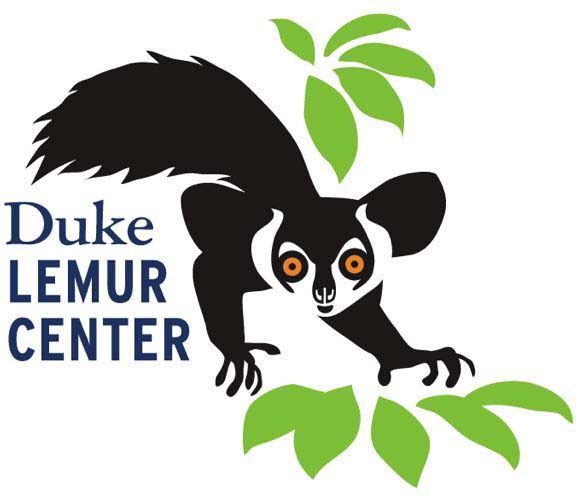August 4, 2012 — After spending a couple of days in Sambava buying food and supplies for our next survey mission we headed back out to the rainforest. Though still within Marojejy National Park, this time we were heading to the north-west side as opposed to the central-eastern side where we were before. This area of the park is much more remote, so we had to hike for two days through many villages to arrive at our camp. Our cars dropped us and all of our baggage off in the small village of Sarahandrano where the road ended, and my team and I along with 65 porters hiked 3 hours to Andrahanjo to stay the night. We then continued through Antongodriha before finally entering the forest and arriving at camp. Since these villages are so far from the main road, and you have to hike to get to them many of the people especially the children have never seen a foreigner before. Because of this, the children like to follow you, so every time we would enter a village some children would start following us until we left the village and went on to the next one. They were happy to have their picture taken with me.
Since this area of the park is much more remote, away from the main entrance and the tourist trails, we expected that we would find it to be more disturbed. Unfortunately, this turned out to be true as we found cut rosewood logs, lemur traps, carnivore traps, and even small cabins near our transects. With pleasure, we destroyed all illegal cabins and animal traps in the park. According to the park agent working with us, the cut logs are from years ago as many people are now afraid to cut rosewood in the park because of being caught, but unfortunately poachers are still present in the park killing lemurs, carnivores, and bushpigs for food.
For this survey mission, we have three transects (each 1.5 to 2km) two low-elevation transects, and one high-elevation transect. After having already spent 5 weeks in Marojejy, I thought I knew the park pretty well, but after arriving at the new site I realized how different this part of the park is from the area we were before. This area of the park, thankfully, receives more sun and less rain. We had many days of beautiful sunshine, and of course, this means fewer leeches! However, the biggest difference here is the terrain. I thought our transects at the first camp were quite difficult to walk, however, I had no idea what I was getting into for these transects. Looking on a map, these transects are very good, in nice straight lines as desired for this type of work, but in addition to following a straight line they were also all either straight up or straight down. The transects were very steep, so when rain is added, very slippery. I spent much time sliding down hills and then crawling back up them again, not to mention a little bit of rock climbing and rock hopping to cross rivers as well.
Due to the higher level of disturbance, lemur spottings were fewer in number. And many times when we did finally find lemurs, they would flee very quickly. However, we did find one group of white-fronted brown lemurs who did the opposite and actually came towards us, staring us down, and making a lot of noise! This species is known to mob potential predators but it does make them easier to poach unfortunately.
In addition to white-fronted brown lemurs we saw some bamboo lemurs, sportive lemurs, mouse lemurs, red-bellied lemurs, and even a woolly lemur or two! If you like sifakas you should look at a woolly lemur because, being in the same taxonomic family, they move around in the same vertical-clinging-and-leaping style. They can be recognized by their white thigh, hence the Malagasy name for them “fotsife” meaning white thigh.
In addition to lemurs, we have also come across a wild pig, rats, mongooses, civets, and chameleons. I’ve decided that if I can no longer study lemurs, I will study the little dwarf chameleon, Brookesia, or the ring-tailed mongoose.
Now, I am back in Sambava for a couple of days, and then I will be going back out to Marojejy one last time. This time I’ll be going with Erik to tourist camp 2, so I can finally see a silky sifaka. He has a research group out there tracking the animals, so I’ll spend a day or two with them watching the silkies. Next week I’ll be heading back home, stopping in Paris for a couple of days on the way, and then back to the US, Duke Nicholas School of the Environment, and the Duke Lemur Center.
Hope you’ve enjoyed these blogs and pictures about my work. I’ll send one more in with silky pictures after my visit to Camp 2, before heading back to the US.
— Jennifer Moore

